Maip
Name Origin
Maip (an evil spirit from local legend)
Family
Megaraptoridae
Classification
Diapsida, Saurischia, Theropoda
Habitat (Discovery Location)
Argentina
Period
Approximately 70 million years ago (Late Cretaceous)
Length
Approximately 9 meters
Weight
Approximately 5 tons
Diet
Carnivore (Meat-eater)
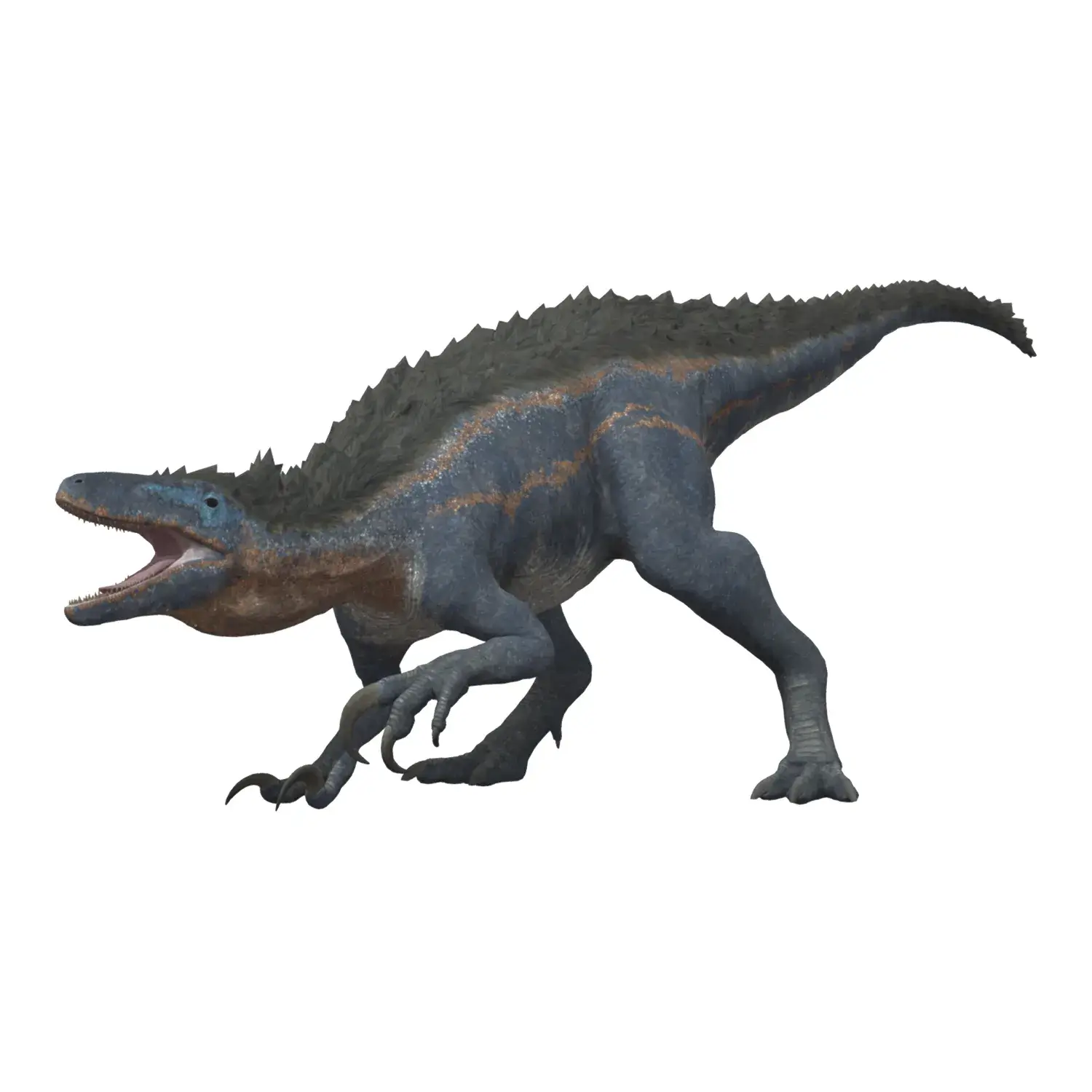
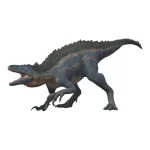
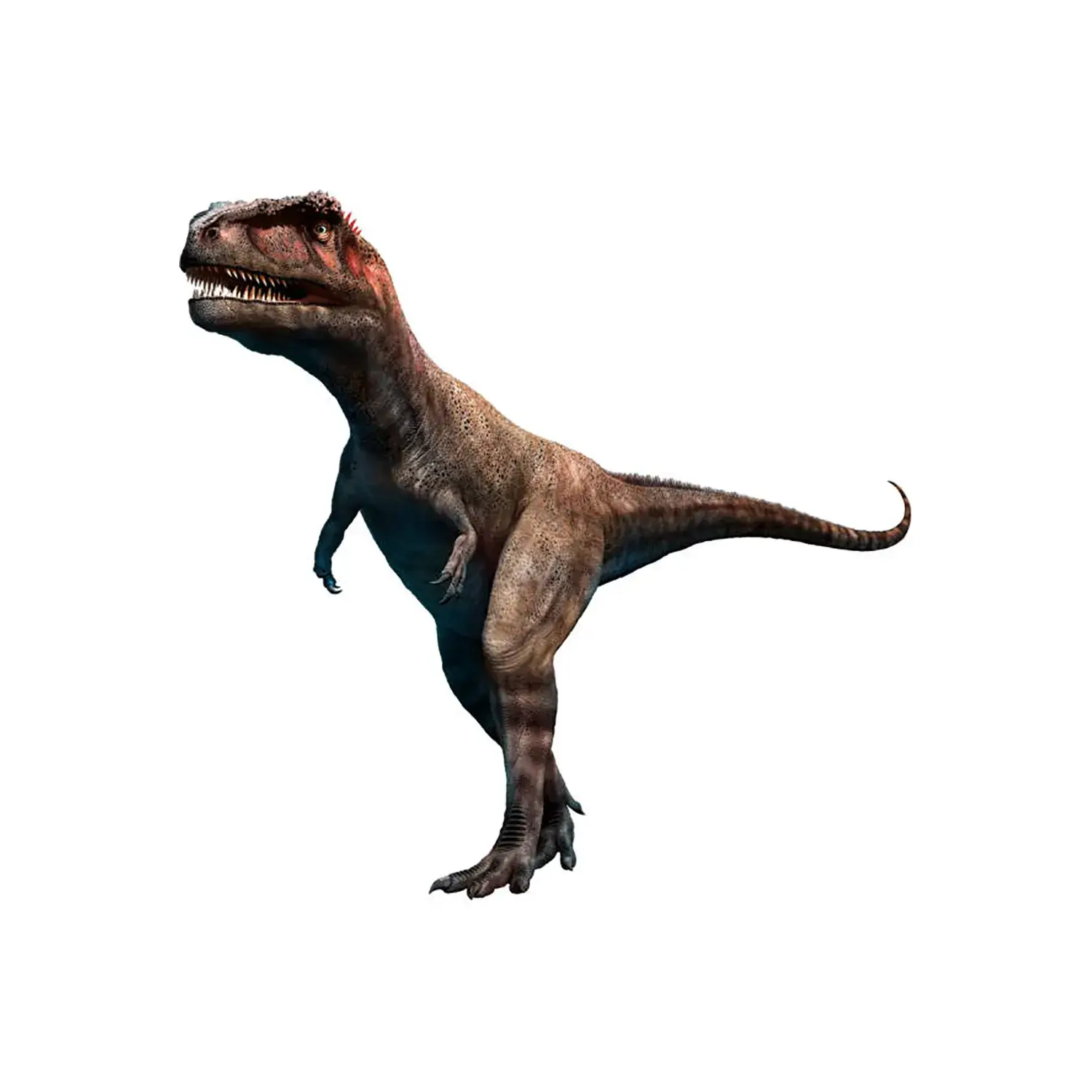
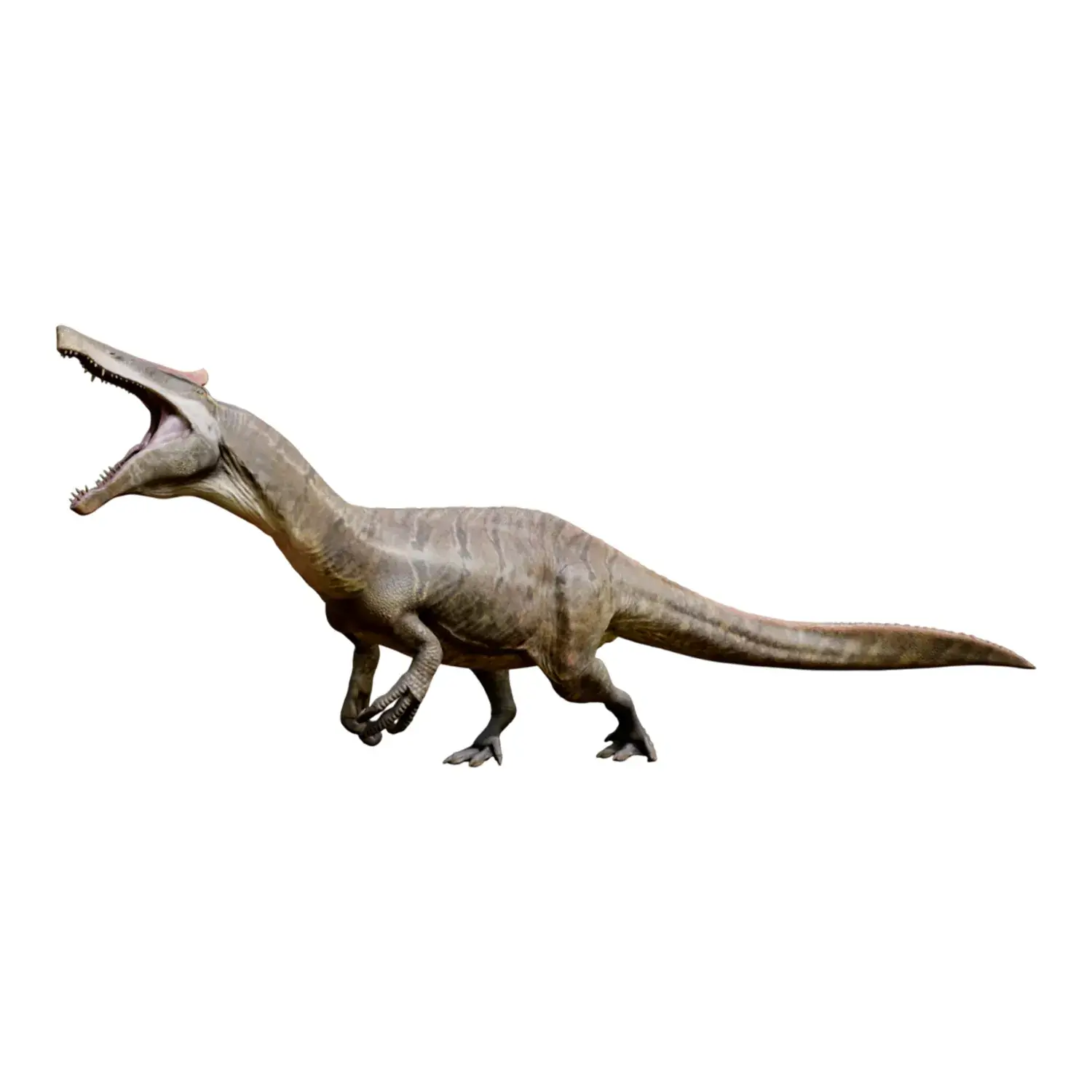

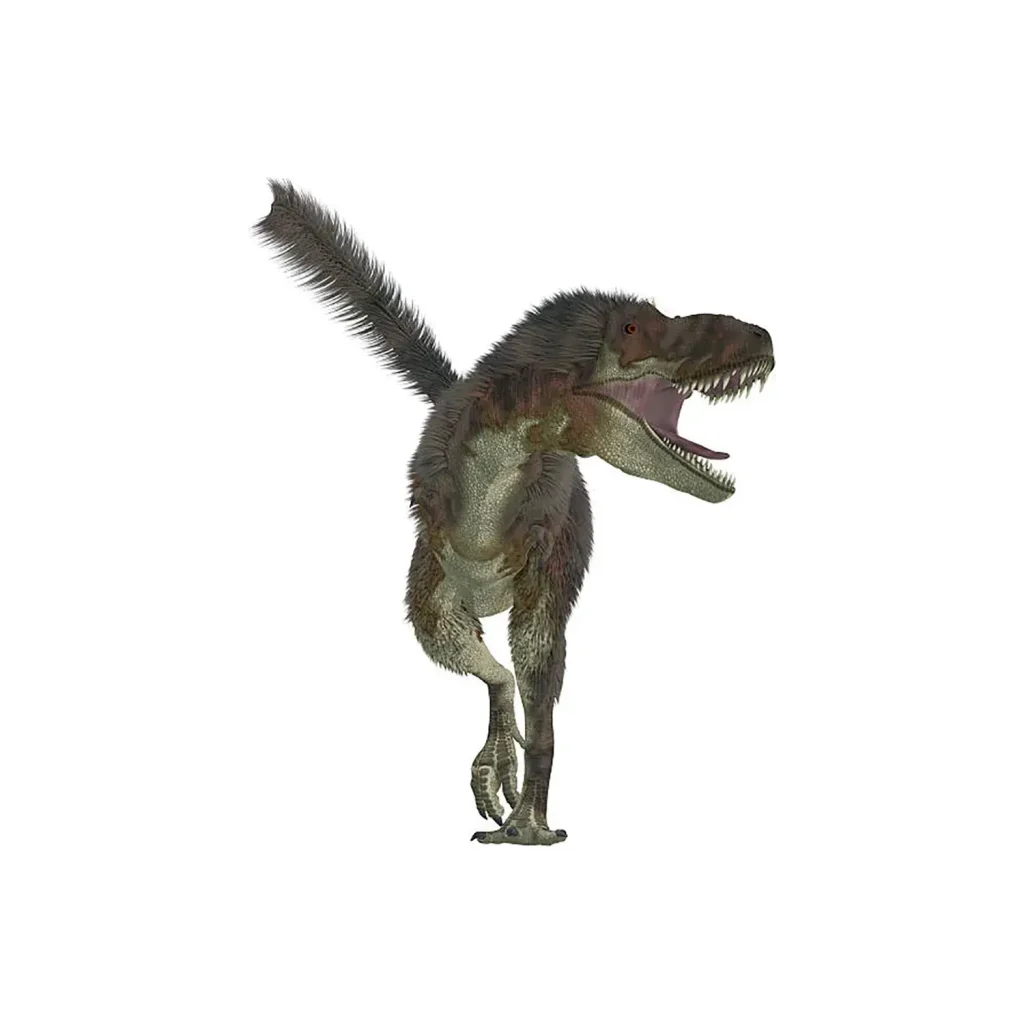
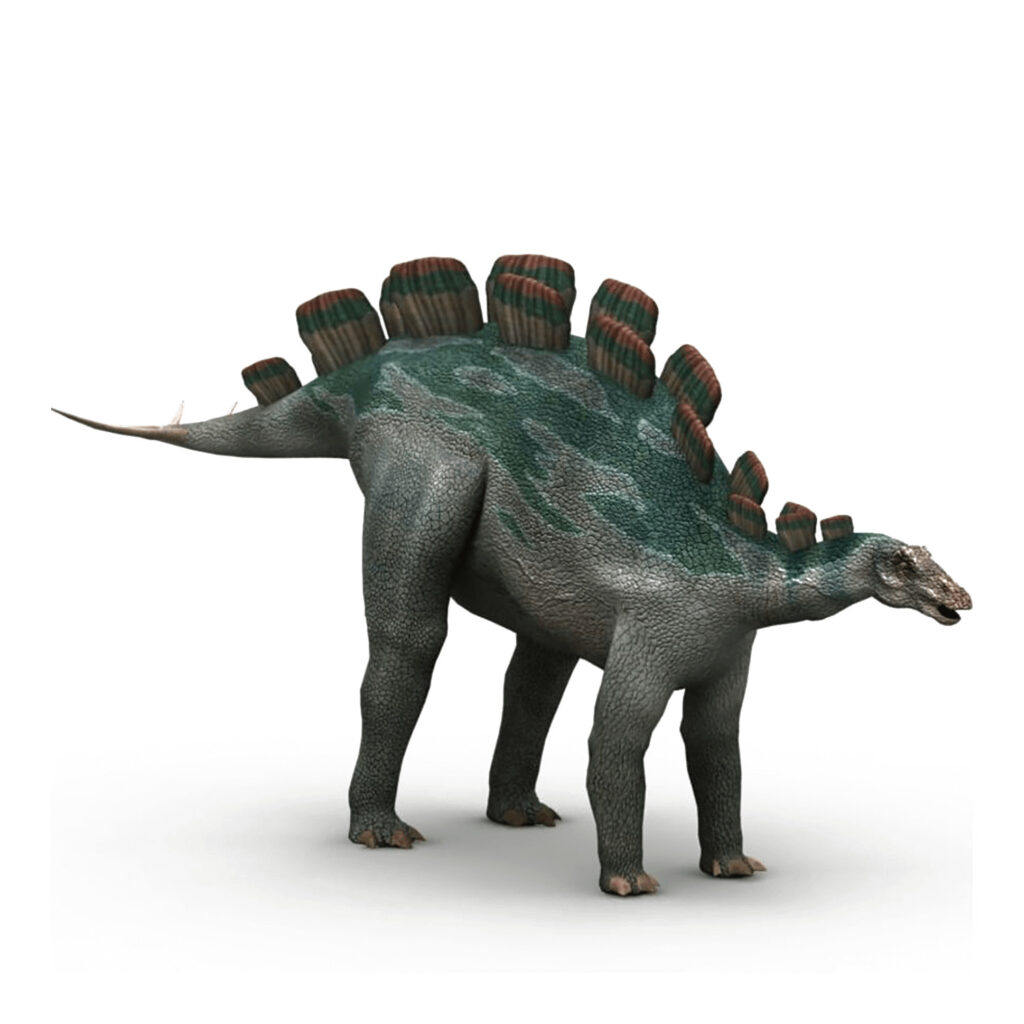
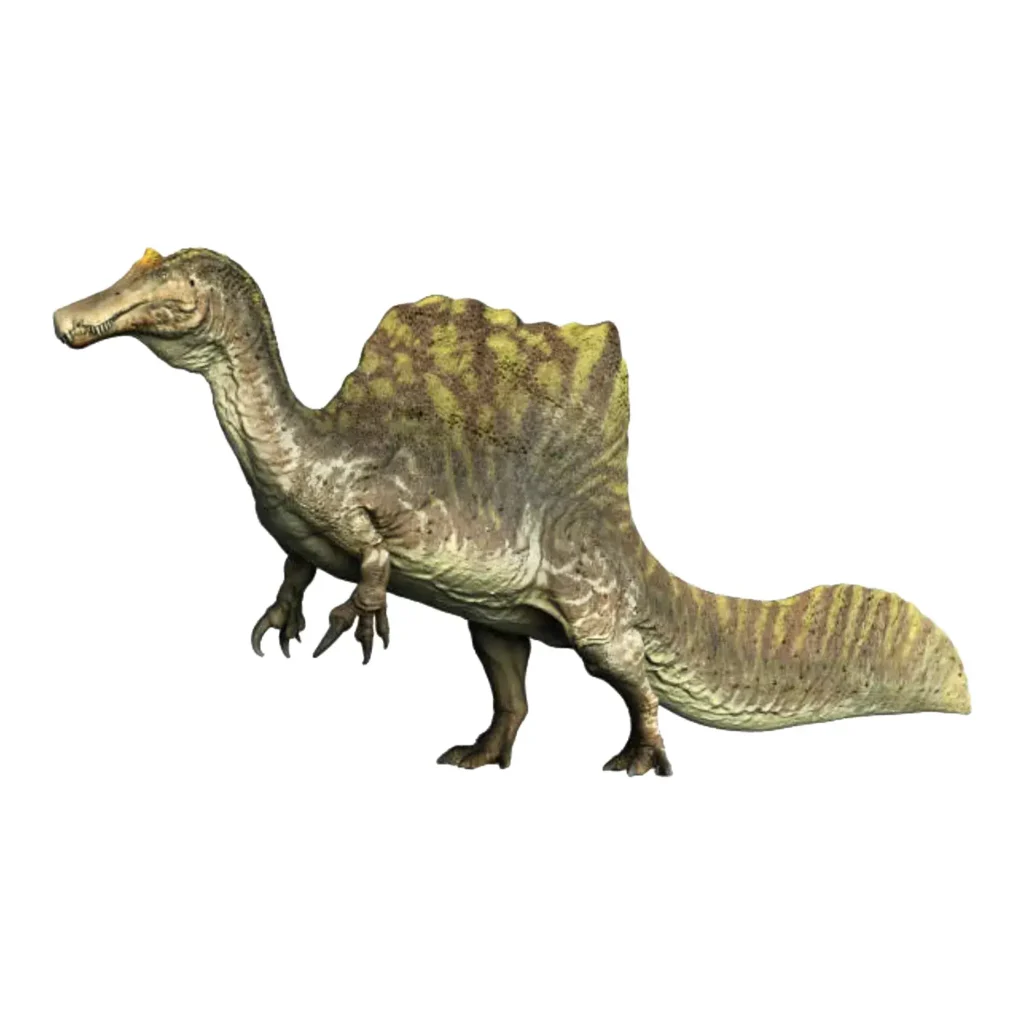
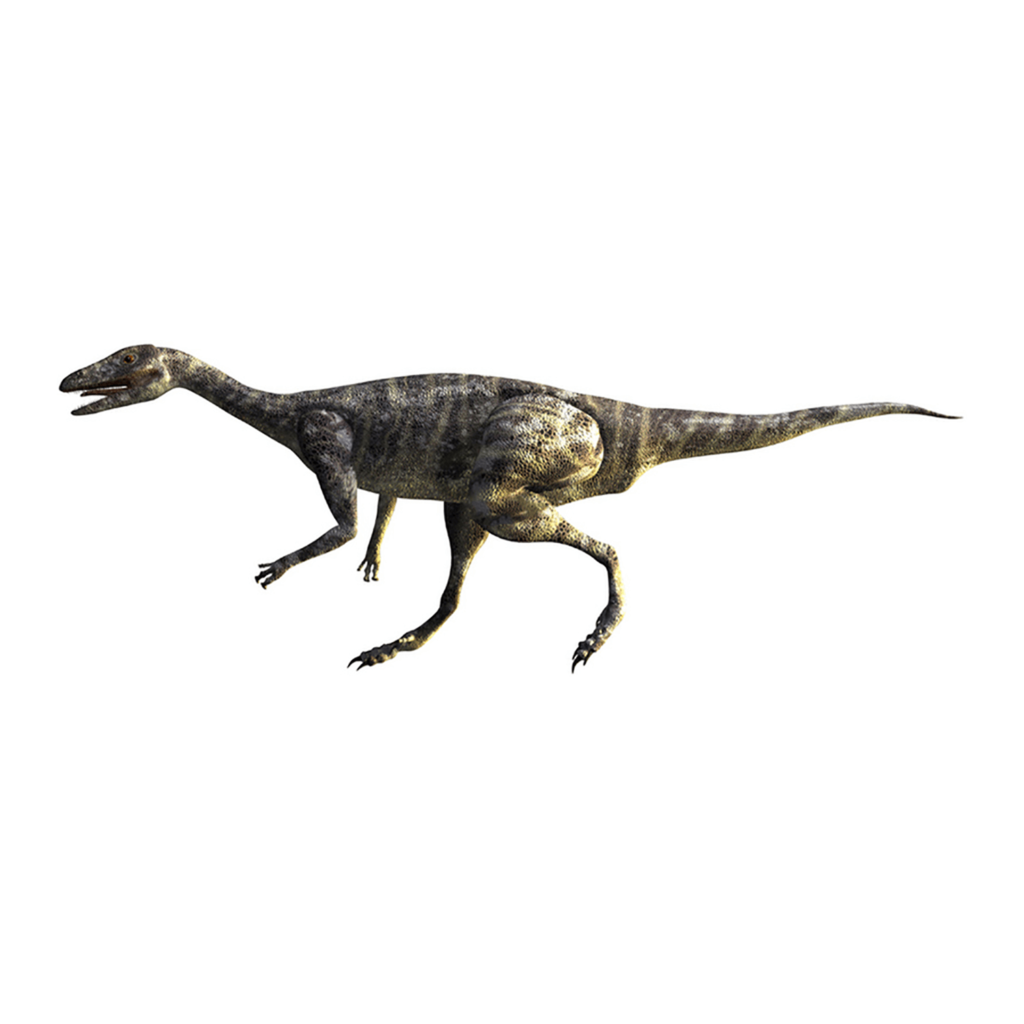













Description
Maip is a newly discovered carnivorous dinosaur found in the Patagonia region of Argentina.
It belonged to the theropod group and is known to have lived during the Late Cretaceous period, approximately 70 million years ago.
The name “Maip” from Maip macrothorax is that of an evil spirit in local Patagonian legend that freezes people with a cold wind, while “macro” means “large” and “thorax” means “torso.”
Characteristics
Its estimated size was a total length of 9 to 10 meters and a weight of 5 tons, making it the largest megaraptorid found so far and a possible “last king” that reigned at the top of the South American ecosystem just before the extinction of the dinosaurs.
The width of its torso is estimated to have been about 1.2 meters from its bones, suggesting it had a robust build.
It had two sharp, curved claws on its forelimbs, approximately 40 centimeters long. Its powerful hind limbs and lightweight, slender body were well-suited for chasing prey quickly.
While it is believed to have had a long, narrow head with numerous teeth, the head of Maip has yet to be found, and research is ongoing.
About the Fossil Discovery
The fossil of Maip was excavated in March 2020 by researchers from Japan’s National Museum of Nature and Science and Argentina’s National Museum of Natural Sciences.
The discovery included partial bones, such as a backbone and ribs, and the unique shape and bone density of the bones led them to identify it as a new species.
Dr. Shin Manabe, Vice Director of the National Museum of Nature and Science, said, “The discovery of Maip shows that megaraptorids became the largest carnivorous dinosaurs and the apex predators in the Southern Hemisphere at the very end of the Cretaceous period.”